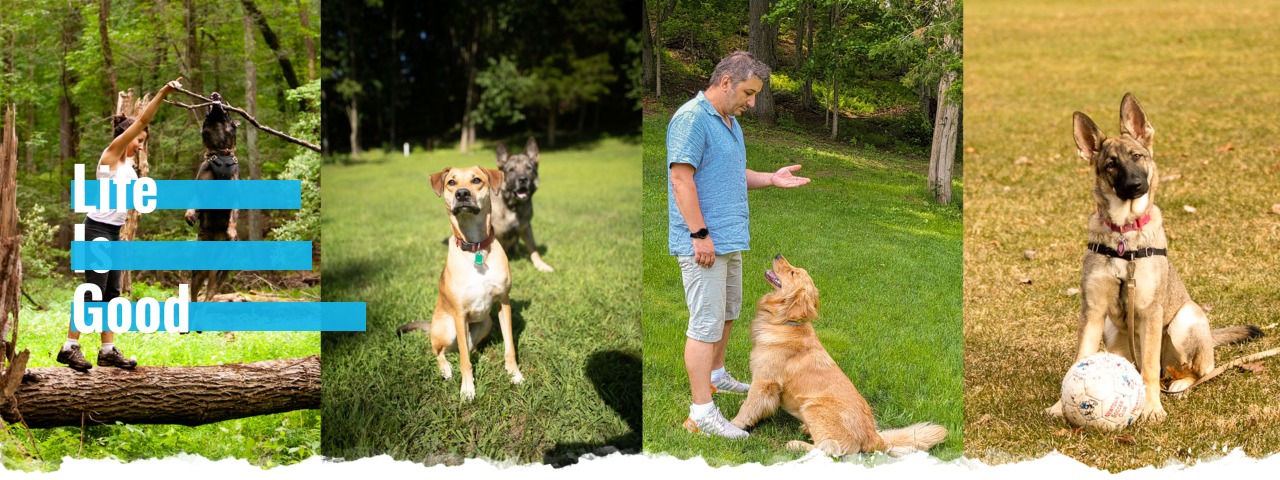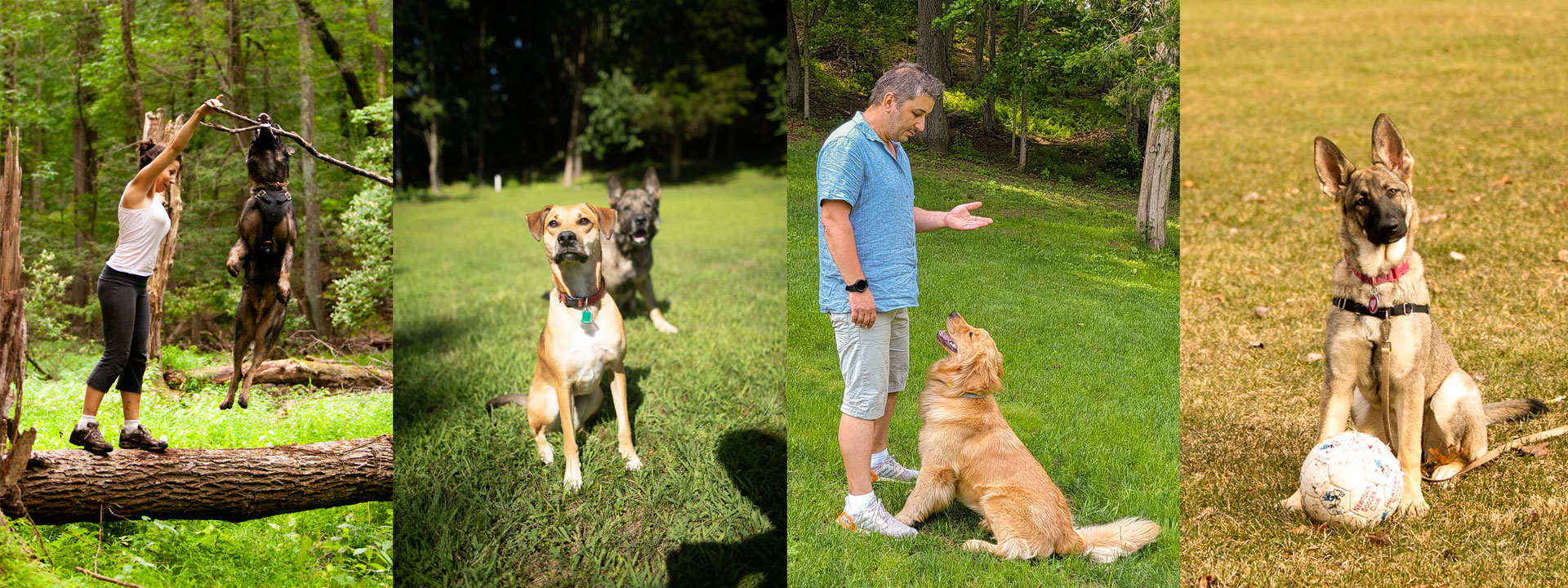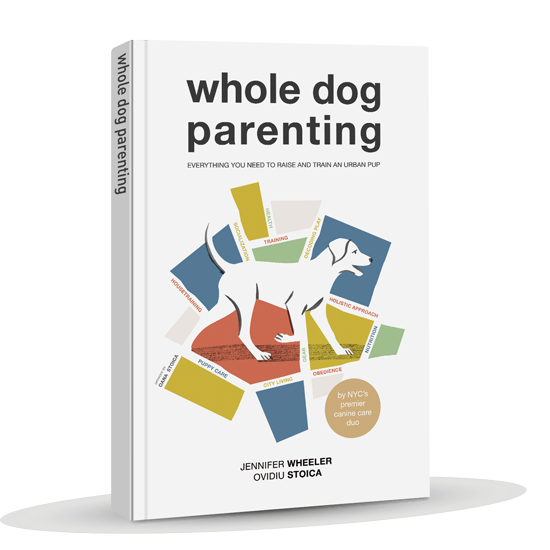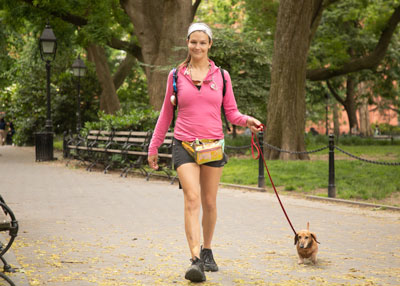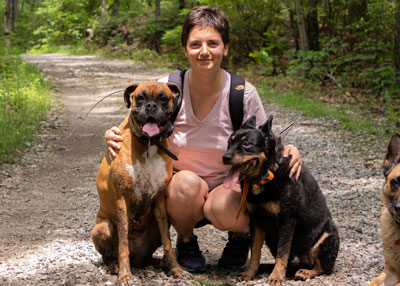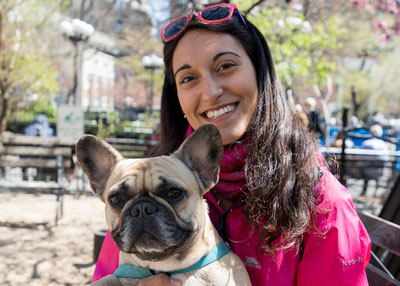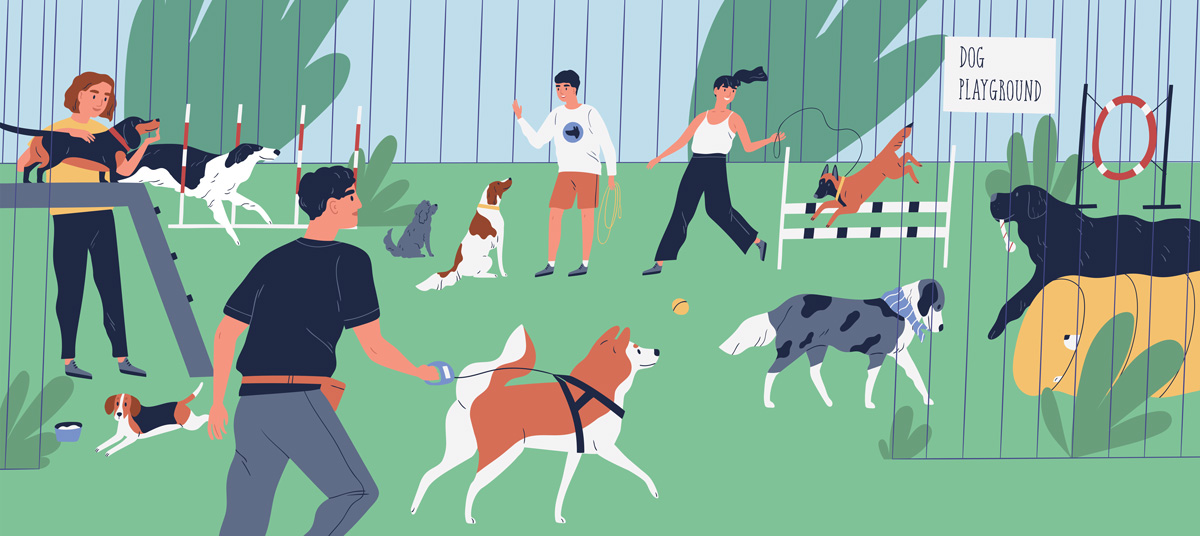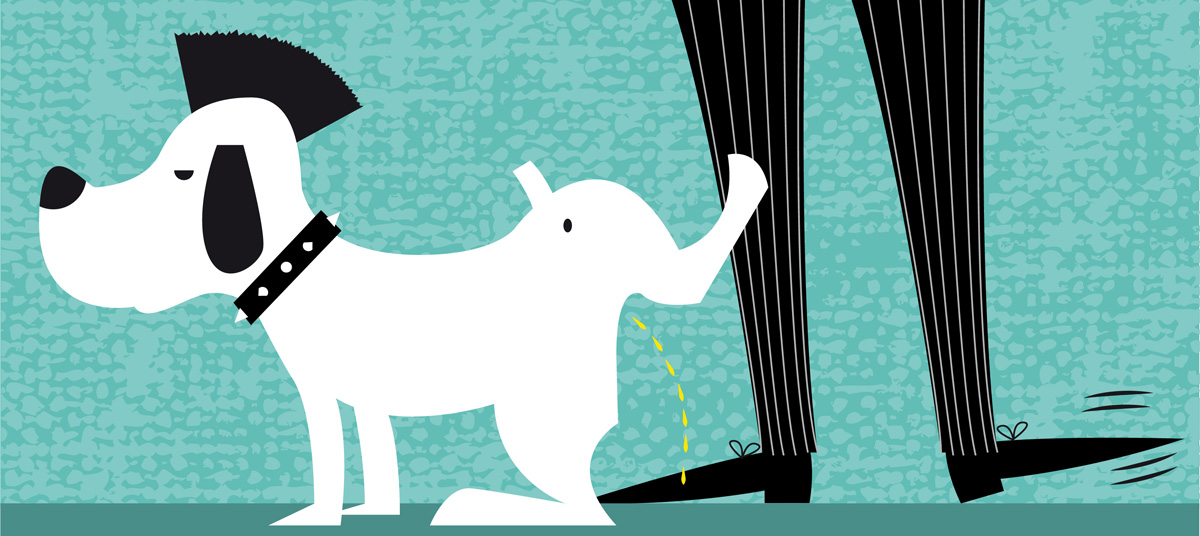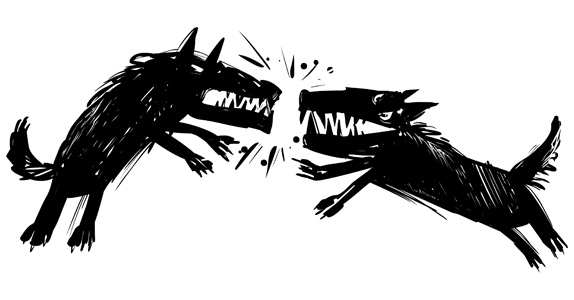Our Dog Training Programs
Dog training is an umbrella term used to describe the many ways in which humans can shape a dog’s behavior to suit their specific purpose.
We specialize in training urban, family pet dogs and offer the following programs:
Our Approach To Training Dogs
The perfect family dog is, in our opinion, a companion who is confident in all environments, including nature and busy city streets, friendly and playful with all other dogs and people, listens dependably to basic obedience commands both on and off leash, follows the rules of the house, doesn’t show signs of aggression or anxiety, and is attuned to her owner. To help dogs achieve this standard, we take a positive yet authoritative approach to dog training that is based on science and has been honed over twenty-five years of working with dogs.
When training dogs, we focus on the physical and emotional well-being of the whole dog and prioritize the development of a strong, trusting bond between dog and trainer. New skills are taught with a positive, game-based approach, and boundaries are set with clear communication using voice, body language, and leash. With this combination, dogs quickly learn what is expected of them while having a fun and engaging training experience.
Read our book and articles to learn more about our dog training philosophy and to understand the “why?” behind everything we do.
Our Dog Training Background
Ovidiu began apprenticing for a police dog trainer’s private practice in 1997, where he spent the following five years honing his skills in training dogs for private clientele, conformation shows, and Schutzhund competitions. In 2002, Ovidiu moved to NYC and founded NYC Doggies, continuing his work in the dog training field.
These credentials, however, are not what set Ovidiu and his team apart; over the last two decades, we have built a full-service dog care business that allows us to intimately get to know and observe the dogs we work with and to build lasting relationships with their families. Most of the dogs we train don’t just pop into our lives for a few training sessions. As part of the training process, they come to live with us in our home, board with us, hike with us, walk with us, and become a part of our family.
Because these dogs often use our services for life, we are in a unique position to become not just teachers and caregivers, but researchers as well. Our training program has not been static. Over the years, we have regularly changed and improved our approach based on firsthand observations that, importantly, cannot be replicated in hour-long training sessions. Understanding how lifestyle, relationships, personality, incentives, and health are connected to the training process has become an integral part of how we successfully train dogs.
Anyone can learn how to teach a dog some tricks for treats, but what we offer is unrivaled expertise in dog behavior based on decades of immersive experience. The difference in outcome is everything – we help dogs become balanced, confident, responsive to their parents, and above all, wonderful family members that are a pleasure to be around in any environment or circumstance.
How We’ll Keep
Supporting You
Clients who complete our board-training program, become a part of the NYC Doggies family and can continue to reach out to us for help with specific questions or general follow-up conversations as the journey of raising and educating their dogs progresses. We will continue to be available for boarding and consultations by phone, email, video chat, or in-person meetings.
Clients who live in our service area in Manhattan (most neighborhoods below 35th St) will also have access to our other personalized services.
Consider This
Rethink dog care and training
We think “parenting” (as opposed to “owning”) is the most apt term to describe the kind of relationship most urban people expect to establish with their dog. Parenting is a lifelong role; while dogs pass through many developmental stages, they remain childlike in their dependence on us to meet their basic needs and in puppy behaviors that are displayed throughout their entire lives.
From this perspective, parenting cannot be outsourced. Parents seek help from experts and send their dogs or kids to school, but they know that they must do their daily homework of building a relationship of trust, establishing boundaries, and communicating clearly. Parenting isn’t just about teaching skills; it is about care, nutrition, fun, adventure, companionship, and love.
Our view of this relationship as a parenting one changes our approach to training dogs. They stop being work animals that must mindlessly obey us. They must learn our rules as much as we must consider their needs. They become family members with preferences who benefit psychologically from being allowed to make choices. As parents, we are responsible for guiding and teaching them to make the right choices and to help them adapt to all aspects of this complex urban world they must call “home”.
Only with this holistic approach can we expect our dogs to be happy, healthy, and well-behaved.
